Exploring the remnants of communism in Romania opens a window into a complex past that’s both fascinating and sobering. Visitors often find themselves captivated by the imposing Parliament Palace, a testament to Ceausescu’s grand ambitions, or the stark reality of his lavish villa, which starkly contrasts with the struggles of ordinary citizens. This journey isn’t just about the structures; it’s about understanding the events that led to the 1989 Revolution and how they shaped modern Romania. But what really lies beneath the surface of these historical sites?
Good To Know
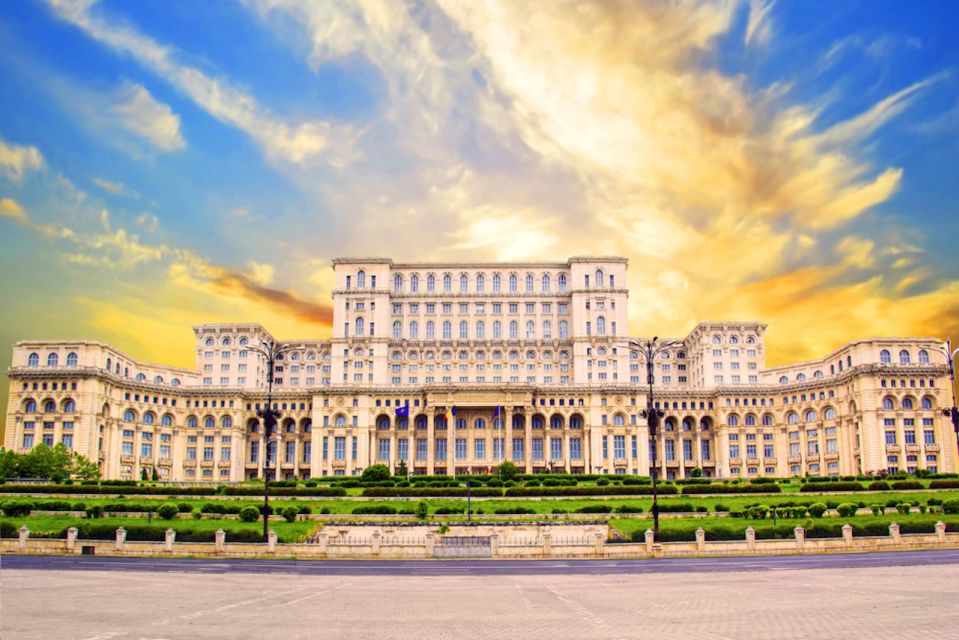
- Explore the Parliament Palace, a massive symbol of Ceausescu’s regime and its excesses, constructed at the expense of an entire neighborhood.
- Visit Ceausescu’s Villa to witness the lavish lifestyle of the former dictator, contrasting sharply with the poverty experienced by many Romanians.
- Walk through Revolution Square, the central site of protests during the 1989 Revolution that led to the fall of communism in Romania.
- Discover the Military Unit in Targoviste, where Ceausescu was tried and executed, marking a pivotal moment in Romanian history.
- Join a guided tour for an immersive experience, including transport, insights, and access to key historical sites related to Romania’s communist past.
It's also worth checking out some other tours and experiences nearby.
Historical Background of Romanian Communism
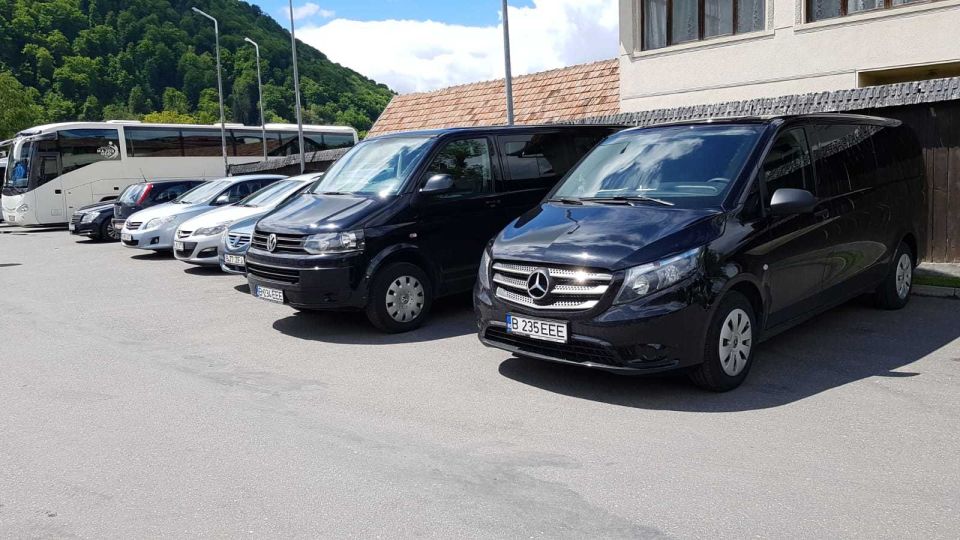
What led to the rise of communism in Romania? Well, the aftermath of World War II played a huge role. The war left the country in ruins, and people were desperate for change.
As the Soviet Union extended its influence, many Romanians looked to communism as a solution to their struggles. In 1947, King Michael I was forced to abdicate, paving the way for a communist takeover.
The newly formed government promised land reforms and social equality, which initially resonated with the population. However, as time went on, the regime’s oppressive tactics and economic hardships soured public sentiment.
Despite this, communism managed to take root, setting the stage for decades of political turmoil and societal challenges in Romania.
Nicolae Ceausescu’s Rise to Power
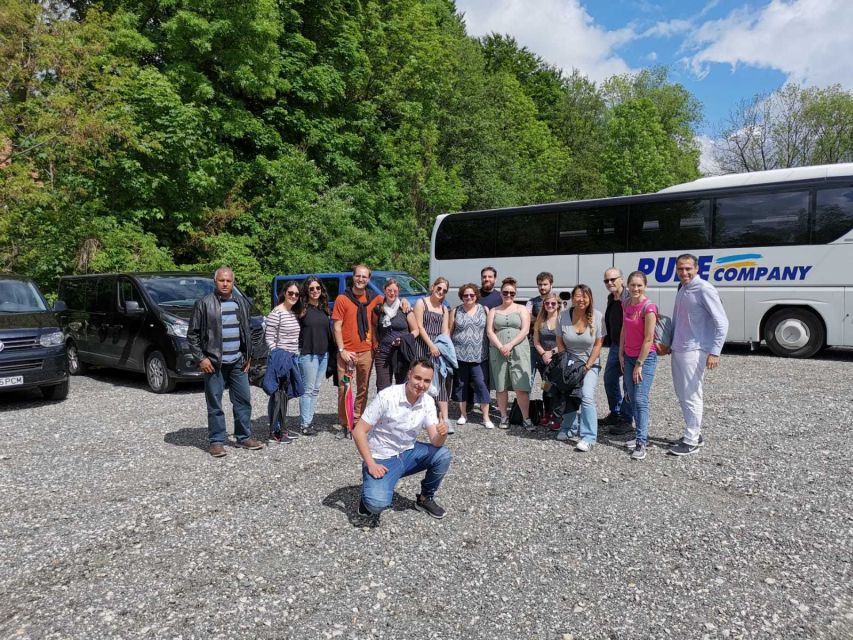
After the communists seized power in Romania, Nicolae Ceausescu quickly emerged as a key figure in the regime. Initially, he played a crucial role in party politics, aligning himself with powerful allies. As he climbed the ranks, Ceausescu showcased a blend of charisma and cunning, which helped him secure the position of General Secretary in 1965. His rise was marked by strategic moves and a keen ability to manipulate the political landscape.
| Year | Event | Impact |
|---|---|---|
| 1947 | Monarchy abolished | Establishment of communist rule |
| 1955 | Joined Warsaw Pact | Solidified Eastern Bloc ties |
| 1965 | Became General Secretary | Gained control over the party |
| 1974 | Assumed presidency | Established a cult of personality |
The Transformation of Ceausescu
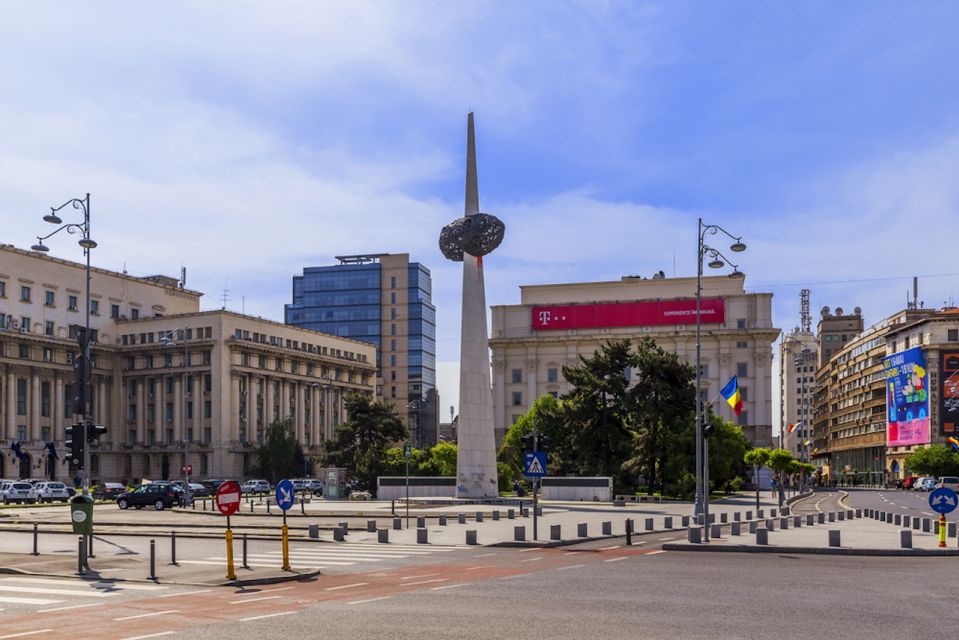
Nicolae Ceausescu’s transformation from a charismatic leader to a despotic ruler is a striking tale of power and paranoia.
Initially, he captivated the Romanian people with promises of prosperity and national pride.
But as time went on, his vision warped. He imposed strict controls on the press, stifled dissent, and created a cult of personality, where loyalty to him overshadowed everything else.
The economy began to crumble under his heavy-handed policies, leading to widespread poverty and unrest.
Ceausescu’s obsession with grandeur, seen in projects like the massive Parliament Palace, only fueled public discontent.
Eventually, his grip on power tightened, turning him into a figure feared more than loved, as he isolated himself in a world of delusion and despair.
Key Locations to Explore
Exploring the key locations tied to Romania’s communist history offers a fascinating glimpse into the past. Each site tells a story of struggle and transformation, and they’re must-visits for anyone interested in this chapter of Romania’s history. Here’s a quick look at some essential stops:
| Location | Description |
|---|---|
| Parliament Palace | The second largest building in the world, a symbol of Ceausescu’s regime. |
| Ceausescu’s Villa | A glimpse into the life of the former dictator in the Primaverii District. |
| Revolution Square | The heart of protests during the 1989 Revolution. |
| Military Unit in Targoviste | The site of Ceausescu’s trial and execution, marking a pivotal moment in history. |
These locations not only reflect Romania’s tumultuous past but also invite visitors to reflect on the lessons learned.
The Significance of Parliament Palace
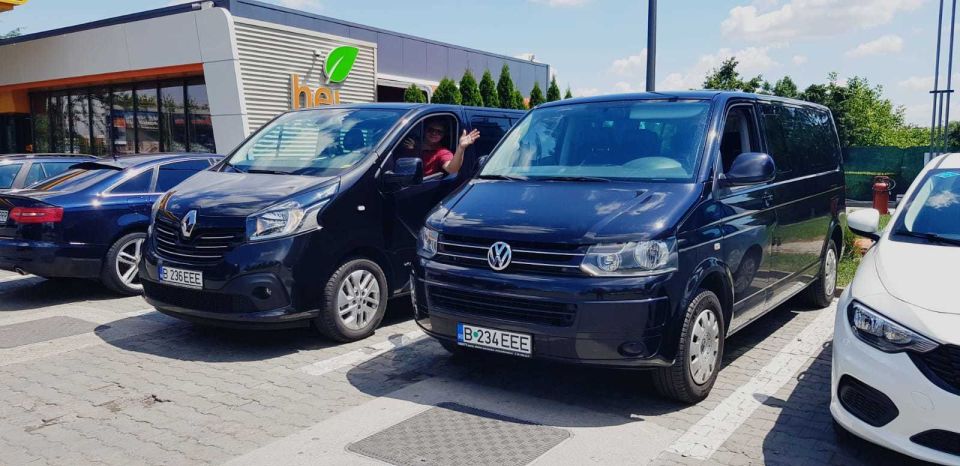
Built during the height of Ceausescu’s regime, the Parliament Palace stands as a colossal testament to the excesses of communism in Romania.
This massive structure, the second largest building in the world, was designed to reflect the power and grandeur Ceausescu sought. Its construction involved the demolition of an entire neighborhood, showcasing the regime’s disregard for its citizens.
Today, it symbolizes both the ambition and arrogance of a dictatorship. Visitors are often awestruck by its sheer size and opulence, with lavish interiors that tell a story of excess.
The Palace serves as a reminder of Romania’s tumultuous past, drawing travelers eager to understand the legacy of communism and the impact it had on the country’s identity.
Insights Into the Romanian Revolution
Amidst the turmoil of 1989, the Romanian Revolution unfolded as a fierce struggle against the oppressive regime of Nicolae Ceausescu. Fueled by widespread discontent, citizens took to the streets, demanding change and an end to years of brutal dictatorship.
The protests quickly escalated, leading to clashes with security forces. In a dramatic turn, the revolution sparked a wave of hope, inspiring people to unite for freedom.
By December, the situation reached a boiling point, resulting in Ceausescu’s arrest and eventual execution. This pivotal moment not only marked the collapse of communism in Romania but also ignited a new era of democracy.
The revolution’s legacy continues to shape the country’s identity, as Romanians reflect on their hard-won freedoms.
Experience the Guided Tour
Step into history with a guided tour that dives deep into Romania’s communist past and the legacy of Nicolae Ceausescu.
This immersive experience lasts seven hours, making it the perfect way to explore key sites like the colossal Parliament Palace and Ceausescu’s luxurious villa.
With a professional English-speaking guide, travelers will learn about Ceausescu’s rise to power and the dramatic events of the Romanian Revolution.
The tour includes convenient hotel pickup, private transport, and entrance fees, ensuring a hassle-free adventure.
Visitors will also enjoy bottled water and free Wi-Fi on board.
It’s a great chance to understand the transformation of Romania and reflect on its complex history while enjoying a personalized group experience.
Practical Information for Visitors
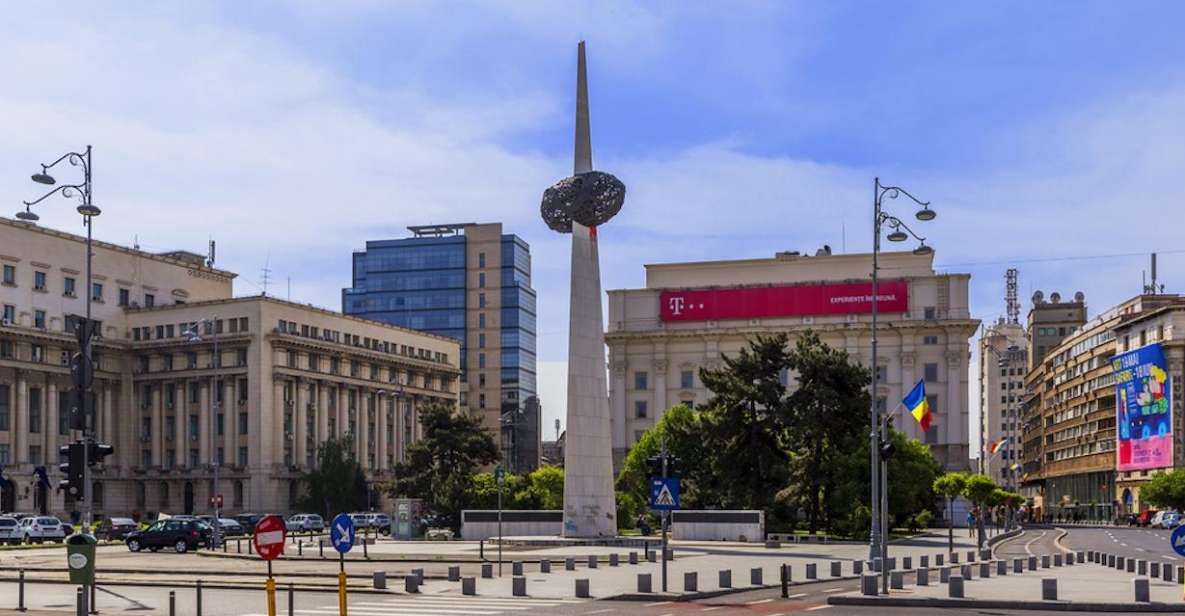
When planning a visit to Romania for the guided tour on communism, it’s essential to keep a few practical details in mind.
The tour lasts about seven hours and starts at a price of Kč3,996 per person, which covers all entrance fees. You’ll enjoy the convenience of hotel pickup and drop-off, plus transportation in a private vehicle, making it a hassle-free experience.
Want to change your mind? No problem! You can cancel up to 24 hours in advance for a full refund.
While meals aren’t included, bottled water and free Wi-Fi are provided onboard.
With a professional English-speaking guide leading the way, visitors get an in-depth look into Romania’s captivating communist history.
Here's a few more nearby tours and experiences we think you'll like.
Frequently Asked Questions
What Is the Best Time to Take This Tour?
She thinks spring or autumn’s the best time for this tour. The weather’s mild, crowds are smaller, and the scenery’s beautiful. Plus, it allows for easier exploration of Romania’s rich historical sites and vibrant culture.
Are There Any Age Restrictions for Participants?
There aren’t any strict age restrictions for participants. Families can join in, but younger kids might find some historical content a bit heavy. It’s best to check with the tour provider for any recommendations.
Is the Tour Wheelchair Accessible?
The tour’s not specifically noted as wheelchair accessible, but they often accommodate special requests. It’s best to reach out beforehand to ensure a smooth experience for everyone involved. They aim to make it enjoyable!
What Should I Wear During the Tour?
For the tour, she should dress comfortably, opting for breathable clothing and sturdy shoes. Layers work well, since weather can change. A hat and sunscreen are smart choices for sunny days, ensuring she stays protected and comfortable.
Can I Take Photos Inside the Parliament Palace?
Visitors can’t take photos inside the Parliament Palace. The rules keep the decorum intact, but they can capture plenty of memories outside. It’s still a fantastic experience exploring the immense beauty and history inside!
Not for you? Here's more of our most recent tour reviews happening neaby
- Bucharest: City Highlights Guided Private Tour 4h
- Bucharest Airport Private Transfer
- Deveselu to Bucharest – Private Transfer
- 2-Day Transylvania Break From Bucharest
- Bucharest: Museum of Senses Entry Ticket
- Bucharests Scars of Communism-Half Day Private Walking Tour
- A Tale of Bucharest Old Town Walking Tour
- The Best Road in the World, Poenari Fortress, Glacial Lake
- Bucharest: Airport Transfer
- Private Transfer Bucharest
- Bucharest City Tour 4h – Small Group Tour by Car
- 2 Days Private Tour – the Romanian Caves From Bucharest
- Bucharest Private Airport Transfer
- 7 Days in Romania – Private Tour
- From Bucharest: Full-Day History, Sun & Fun at the Black Sea
The Sum Up
Exploring Romania’s communist past is like stepping into a gripping history lesson. From the grand Parliament Palace to Ceausescu’s extravagant villa, visitors get a real sense of the stark contrasts of that era. The guided tour offers eye-opening insights into the 1989 Revolution, making history come alive. Whether you’re a history buff or just curious, following the footsteps of communism in Romania’s capital is an unforgettable adventure that sheds light on the country’s journey to democracy.
